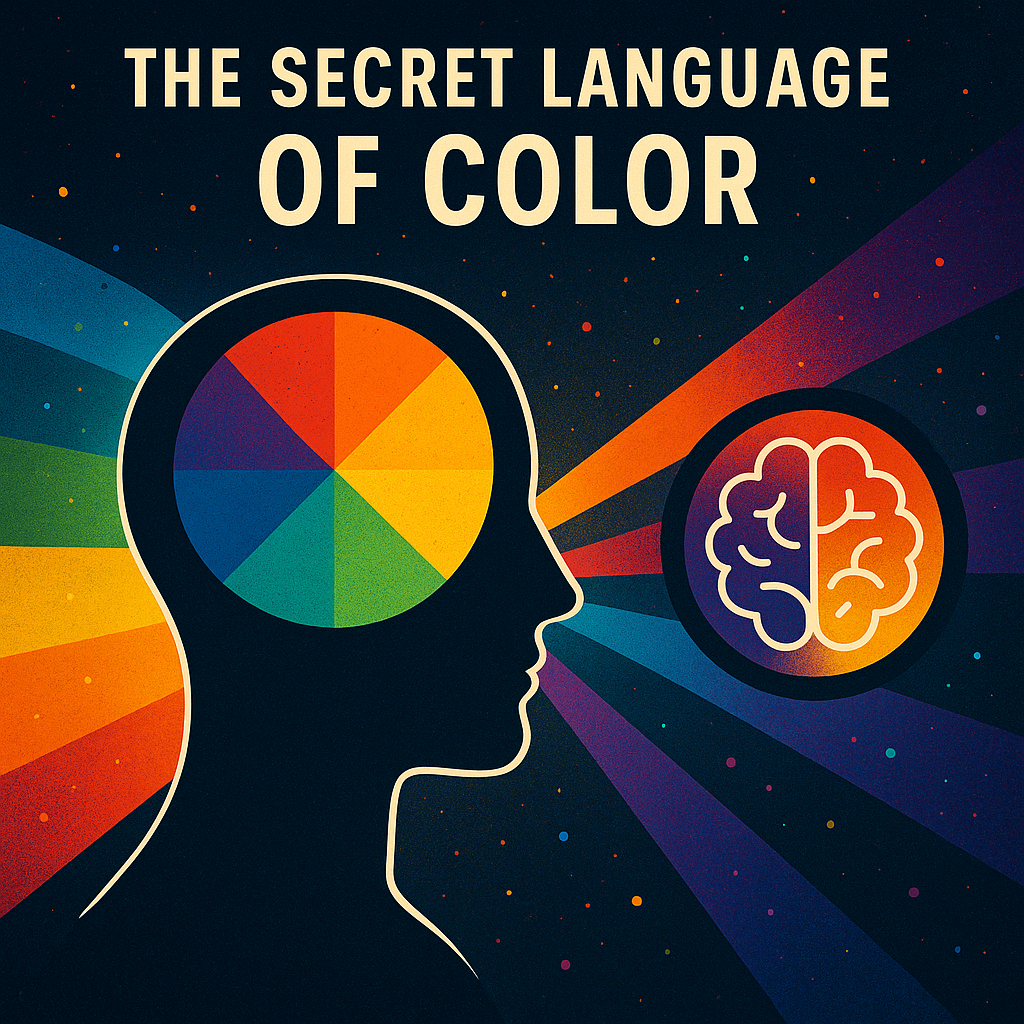
The Secret Language of Color: How Psychology Shapes Marketing
The Secret Language of Color: How Psychology Shapes Marketing
Walk into a fast-food joint and notice how often you see red and yellow. Scroll through luxury brands and count the black and gold logos. Peek at eco-friendly products—green everywhere. None of this is random. Marketers know that color isn’t decoration—it’s persuasion.
Welcome to the world of color psychology in marketing, where hues influence moods, decisions, and even buying behavior.
Why Color Matters
Studies show that up to 90% of first impressions about a product are based on color alone. Before your customer reads a word, they’ve already felt something from the palette you’ve chosen.
Colors don’t just look nice—they whisper emotional cues: urgency, trust, comfort, luxury, or excitement. The right choice can boost sales. The wrong choice can confuse or repel.
The Emotional Palette
Here’s how the rainbow works in the marketplace:
-
Red: Energy, urgency, appetite. That’s why clearance signs and fast-food brands use it.
-
Orange: Confidence, friendliness, enthusiasm. It says, “Come on in, we’re approachable.”
-
Yellow: Optimism, warmth, attention-grabbing. Perfect for drawing eyes but best in moderation.
-
Green: Growth, nature, balance. Used by wellness, eco, and financial brands alike.
-
Blue: Trust, stability, calm. Banks, tech companies, and healthcare providers lean on it.
-
Purple: Creativity, mystery, royalty. It’s the “imagination” color.
-
Black: Authority, sophistication, luxury. High-end fashion and automotive love it.
-
White: Simplicity, purity, clarity. Apple made it iconic.

Think of color as your brand’s “accent.” It sets the emotional stage before your story even begins.
Putting It to Work
How can businesses use color psychology to grow?
-
Align with Your Audience
Who are you talking to? A yoga studio might thrive with greens and calming blues, while a nightclub wants bold reds and blacks.
-
Match the Emotion to the Action
Want urgency? Red. Want calm trust? Blue. Want playful creativity? Orange or purple. The emotion should match the response you want.
-
Stay Consistent
A color palette is part of your identity. Once chosen, it should live across your logo, website, social media, and promotional content. Repetition builds recognition.
Why It Works on a Deeper Level
Humans are visual creatures. Color taps directly into the limbic system—the part of the brain that drives emotions and decisions. That means color often works faster than logic. Customers might say they chose a product for features, but color already did the heavy lifting in shaping their perception.
The Bottom Line
Color isn’t fluff—it’s strategy. It’s the difference between a brand that blends in and one that pops off the screen.
At Sylo Films, we use principles like color psychology to craft videos and podcasts that don’t just look good—they resonate. Because when your brand feels right, customers stick around.
👉 Ready to make your business unforgettable? Let’s find the colors—and the content—that make your brand shine.
